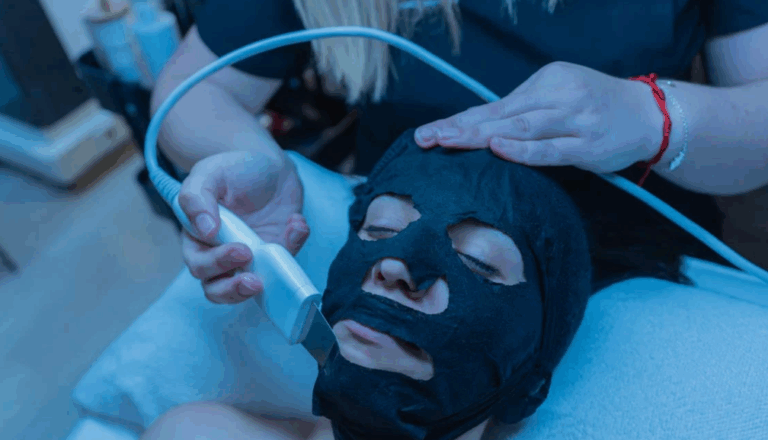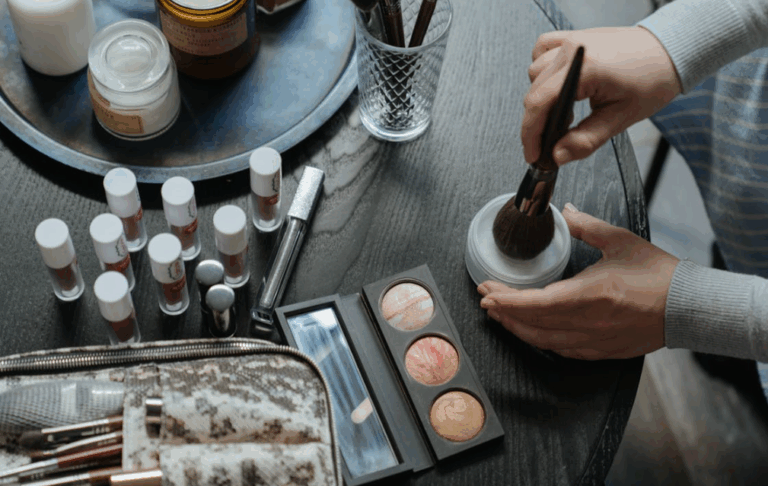
5 Massage Techniques
What always stood out to me as a client was how a therapist’s skilled hands could melt away stress in minutes. Years later, working in the industry, it’s no surprise why clients actively seek — and pay more for — massage therapists who master the techniques that truly make a difference.
Massage therapy isn’t just about routine strokes — it’s about creating an experience that blends physical relief with emotional release. The right techniques can transform a basic session into a deeply satisfying one that keeps clients coming back.
In this course, you’ll gain practical insights into five powerful massage techniques that clients genuinely love — and are happy to pay a premium for. Ready to elevate your service and grow your client base? Let’s begin.
Matching Massage Techniques to Client Needs: Why Expanding Your Skills Matters
Mastering a variety of massage techniques doesn’t just enhance your expertise — it empowers you to meet a wide range of client needs with confidence and care. Here’s how diversifying your massage skills can make a real difference in your practice:
1. For Clients with Specific Aches & Tension: Personalized Sessions
Having a broad skill set allows you to tailor each session to your client’s individual concerns — whether it’s targeting deep muscle knots, easing postural tension, or supporting recovery. By customising your approach, you create more effective and satisfying experiences that keep clients coming back for more.
2. For Clients Seeking Long-Term Wellness: Demonstrating Commitment
Offering a variety of massage styles shows clients that you’re invested in their long-term healing journey. When you can meet multiple needs — from relaxation to rehabilitation — you become a trusted go-to therapist, which helps build stronger client relationships and a loyal base.
3. For Clients Looking for Expert Care: Contributing to Professional Growth
In a competitive industry, ongoing learning helps you stand out. Broadening your massage expertise keeps you current, improves your technique, and opens new opportunities. Clients can feel your dedication and professionalism, making them more likely to trust and recommend your services.
By aligning the right massage technique with the right client need, you position yourself as both a skilled therapist and a true partner in your client’s wellness.
5 Massage Techniques That Clients Love (And Pay More For)
Expanding your massage technique toolkit not only enhances your service quality but also sets your practice apart in a competitive industry. Here are five highly effective massage techniques that clients seek out for both relaxation and relief — and are happy to pay a premium for:
1. Effleurage – The Art of Gentle Relief
Derived from the French word meaning “to lightly touch,” Effleurage involves smooth, flowing strokes across the skin. This technique is typically used at the beginning of a session to warm up the muscles and soothe the nervous system. It helps promote relaxation, reduce anxiety, and improve blood circulation, setting the stage for a deeper and more targeted massage experience.
2. Tapotement – Energising Rhythmic Tapping
Tapotement, which comes from the French term for “tapping,” involves quick, rhythmic movements using the edges of the hands, fingertips, or cupped palms. This invigorating technique stimulates nerve endings, boosts circulation, and prepares the muscles for deeper work. It’s especially popular among clients looking for revitalisation and relief from fatigue or muscular tightness.
3. Petrissage – Deep Tissue Kneading
Meaning “to knead” in French, Petrissage consists of firm, rolling, and squeezing motions using the fingers and palms. This technique lifts and compresses the soft tissue, effectively releasing tension, reducing muscle stiffness, and breaking down adhesions. It’s ideal for clients suffering from chronic knots or deep-seated muscle tension.
4. Vibration – Soothing Muscle Pulsation
Vibration therapy uses rapid, shaking movements performed by the hands or specialised tools to release tension and improve lymphatic flow. Applied in short bursts, this technique aids in reducing pain, easing muscle stiffness, and encouraging healing. It’s especially effective for sensitive areas — though best avoided over injuries like stress fractures or inflammation.
5. Friction – Targeted Tension Release
Friction techniques apply deep, circular pressure to specific areas, working against muscle fibres to break down adhesions and scar tissue. Often used on the hands, shoulders, and feet, friction is beneficial for treating conditions like tendonitis and chronic strain. It enhances flexibility, promotes circulation, and supports the healing of soft tissue injuries.
Mastering these five techniques not only adds value to your services but also allows you to deliver a personalised, results-driven experience that keeps clients coming back — and referring others.
The Core Foundations of Effective Massage Therapy
Key Skills, Mindsets, and Tools Every Therapist Needs for Lasting Client Impact
Massage therapy is more than a set of physical techniques — it’s a holistic practice that combines knowledge, communication, growth, and the right tools to truly elevate the client experience. While formal education plays a crucial role, these foundational elements are what truly set successful therapists apart:
1. In-Depth Knowledge of Human Anatomy
A well-rounded massage therapist must have a thorough understanding of the body’s muscles, bones, joints, and nerves — including how they work together. This insight allows you to deliver precise, targeted treatments that encourage healing, relieve pain, and minimise the risk of injury. With anatomical knowledge, you’ll be able to identify problem areas with confidence and improve treatment outcomes.
2. Strong Communication and Client Connection
Massage therapy isn’t just physical — it’s emotional and psychological, too. Open and clear communication with your clients is essential for creating a safe and trusting environment. From discussing treatment goals before the session to checking in during the massage, listening actively and speaking calmly can enhance relaxation and ensure your client’s needs are fully met. This connection builds loyalty and a positive therapeutic relationship.
3. Commitment to Continuous Learning
Staying updated on new techniques, industry trends, and evolving client needs is key to long-term success. Whether through professional development courses, reading, or workshops, a mindset of lifelong learning enables you to keep your skills fresh and your services relevant — which can set you apart in a competitive field.
4. Professional-Grade Tools and Equipment
High-quality tools are a must for delivering a premium experience. From essential massage oils and lotions to hot stones, heating pads, and ergonomic tables, your equipment shapes the comfort and effectiveness of every session. Investing in top-tier, client-centred products helps elevate your services and accommodate a wide range of preferences and therapeutic needs.
When these four foundational elements work together, they help you build a thriving massage therapy practice that not only meets expectations — but exceeds them.
Conclusion
Mastering massage therapy goes beyond technique — it’s about combining deep anatomical knowledge, strong communication, a passion for ongoing learning, and the right tools to offer truly transformative sessions. By embracing these core foundations, you not only enhance the quality of care you provide but also build stronger client relationships, earn greater trust, and stand out in a competitive wellness industry. Whether you’re just starting or looking to elevate your practice, focusing on these essentials will set you on the path to long-term success and client satisfaction.



 " alt="Microdermabrasion Training: What to Expect & How to Get Certified" />
" alt="Microdermabrasion Training: What to Expect & How to Get Certified" />
 " alt="Permanent Makeup: A Step-by-Step Guide to Starting Your Career" />
" alt="Permanent Makeup: A Step-by-Step Guide to Starting Your Career" />
 " alt="Skincare Specialist Salary: How Much Can You Earn in 2025?" />
" alt="Skincare Specialist Salary: How Much Can You Earn in 2025?" />